idle gaze 069: re-enchanted decision-making
spicing up the rational realm with a dose of intuition and wonder.
Once upon a time, the world was divided into two distinctly different modes of thinking.
On one side; the rational realm: led by legions of mathematicians, economists, scientists and engineers, bastions of the purportedly level-headed, praying at the altar of the measurable and quantifiable, charting their course through a reality built on the premise of what is objectively known to be true.
On the other side; the mythical realm: operating beyond the grasp of numbers, data and equations, instead fuelled by a sense of intuition and interplanetary connection, charting their course through a reality built on the premise of what is felt to be true.
Throughout the noughties, the rational realm reigned supreme. Across boardrooms of Wall Street and campus grounds of Silicon Valley, the logic-driven mindset dominated, elevating scientific and mathematic reasoning as the de facto, superior method of sense-making.
Meanwhile, the mythical realm was banished to the lower echelons of mindless party chitchat and psychic readings down dingy Chinatown alleyways, snake oil sold to forlorn lovers and naive, lost souls. Yes, the mythical could be appreciated for its beautiful visual metaphors and poetic symbolism, but no, this metaphysical woo woo could not be taken seriously as a legitimate tool for important and consequential decision-making.
While these two realms were once divided by a massive, irreconcilable chasm, this boundary has recently begun to blur. The gap between 'rational' analysis and 'mythical' sense-making is closing in, becoming increasingly difficult to tell apart.
Because the reality is: we live in a world where nothing makes any logical sense. Events come and go like waves of a fever, leaving us confused and uncertain. The GFC blindsided us, seemingly from nowhere. With Covid, the scientists that were once cornerstones of objective authority were failing to give society any coherent answers at all. With a few swift blows, the cold, hard data that once dominated had lost it’s influence.
Instead, another mode of thinking has been taking hold, rooted in the stars and sky. Like liquid gold, it fits into the cracks that many feel rigid, logical sense-making cannot fill. As a result, astrology and the esoteric; once banished to the whimsical realm of the mythical, has begun infiltrating domains of society once deemed strongholds of rational thinking.
This is the age of enchanted decision-making. A time when rational logic has run up against its limits. We are now in an era where MBA-educated analysts and quants, armed with their data and algorithms are competing for relevance against a very different breed of analyst and analysis: fortune tellers, tarot readers and oracles, armed with tarot decks, crystals, incense and an inquisitive gaze up towards the skies.
This is the age where captains of industry, who built empires off the back of spreadsheet formulas and profit forecasts, are increasingly speaking the language of energy, intuition and divination. It’s telling that Elon Musk - the poster child of the science-y Silicon Valley mindset - has begun leaning in on the idea of vibes, telling Tesla executives to pause all hiring worldwide simply because he had a “super bad feeling” about the economy. Pat Gelsinger, CEO of Intel, recently called on higher spirits to make the tides turn, posting enigmatic bible scriptures when the company reported weaker-than-expected earning and saw it’s stock price drop by 26%.
The power of the stars; the gaze up towards higher planes, is re-enchanting otherwise rational forms decision-making in many different ways. In the spirit of the tarot, I’ve decided to group them into the karmic themes of major and minor arcana cards: 1
The wheel of fortune
Destiny, fortune, success, elevation, luck, felicity. Reversed: Increase, abundance, superfluity.
“After scanning the market from 8:30AM till 9AM and picking the stock I’ll be trading that day (today it was Amazon), I do a single card pull to confirm my decision or get guidance. Today I pulled the Ace of Cups, which represents abundance; this gave me the needed assurance to trust in my strategy.”
25 year old Stefaniya Nova’s day trading approach reflects an emerging strategy among a new generation of investors, who wield tarot cards and lunar cycles with the same unwavering confidence that traditional stock pickers employ data models and profit projections.
Just like the wheel of fortune card represents the cyclical nature of life, the inevitability of life’s ups and downs, this new wave of investors see stargazing as just another model for tracking the ups and downs of the market."What's astrology? a social media influencer and trader who goes by "TJR" asks in a video on TikTok. “It's like predicting something based off of past events. That's all trading is. Predicting something is going to happen, or something is going to do something a certain way based off of past events in the market because the market repeats itself".
And it’s not just retail investors using astrology to inform decisions, but large-scale crypto institutions too. Maren Altman, dubbed crypto’s “personal poet for the stars”, tracks correlations between planetary cycles and cryptocurrency markets, combining astrological pattern recognition with technical analysis, like candlestick charts. She has become a cult figure in the crypto community, who depend on her expertise to go bullish during full moons and short stocks during phases of the new moon.
The devil
“He is the knot of ignorance and hopelessness lodged within each of us at some level. The seductive attractions of the material bind us so compellingly that we often do not even realize our slavery to them.”
If you are inclined to gaze up and find meaning from the skies above, you can find signs from the universe everywhere. Even on fashion resale platforms, where a Dior Bag selling for £555 is not a ripoff, but an angel number reaching out to you with a portal to freedom and personal growth. A message from the cosmos that the decision has been made for you; buy the designer saddle bag, and good luck and transformation is all yours.
So naturally, resellers on websites like Depop, eBay and Vinted are increasingly using angel numbers to price items as a strategy to increase the chances of a sale, transforming a vintage designer item into a spiritual omen from the angels. Because wherever there is an exploitable weakness in how the human psyche makes decisions, the devil is ready to sweep in and turn a profit, capitalising on the seductive attractions of the material.
Two of cups
To see the Two of Cups is an indication of a partnership that is built on the union of forces, a strong connection and a balanced and equal partnership. The exchange of cups suggest that each party's emotions are intertwined with the other's, and each participant's feelings have profound affects on the other. A strong pair is indicated here, the joy of two becoming one.
Like the meme where the mum tells her son to stay away from the girl asking about his birth chart, the current cultural discourse paints astrology fanatics as gullible, irrational creatures that should be treated as red flags.
But as the rational world becomes enchanted, there’s a rising sentiment that the rational number-cruncher and esoteric stargazer are not two opposing entities, but two elements that can combine to create a perfect sense of harmony.
There’s another meme that reflects the emerging zeitgeist more accurately: the astrology GF and stock trader BF as the ultimate couple. It’s a play on the perfect romantic symbiosis we’re fed by Hollywood scriptwriters; the whimsical and aloof girlfriend and normie, level-headed bf. Two very different worlds and worldviews that shouldn’t work together, but somehow do, like yins to each other’s yangs.
It’s an acknowledgement that every cold and calculated Elon Musk needs the enigmatic, emotional depth of a Grimes. Every earnest Scott Pilgrim needs and adventurous Ramona Flowers. Every normie Philip J Fry needs an idealistic Turanga Leela. Two opposites working together, equally lost and confused in the world, trying to make sense of it in their own way, both stabbing in the dark.
Judgement
“Progress and embrace a more enlightened state of awareness, draw upon past karmic lessons to assist in making any important decisions.”
Are you wearing the right clothes? Is your speech slurred? Are you on the guest list? No? Do you know the DJ? Approval and rejection in the world of clubs, hospitality and social spaces has traditionally been rooted in a robust and strict social protocol based on external appearance, dress codes, wealth and social status. But in this new era of vibes, intuition and divination, some establishments are leaning into what’s written in the stars to justify who to let in and who to bounce.
A club named Zamboni in New York, for example, is denying all Aries from entry into their club. The owner noticed that those born between March 21 and April 19 started the majority of fights. They also charge Geminis double entry fee (just because).
In tarot, the Judgement card signifies a moment of reckoning, reflection, and rebirth—a point where choices made are confronted, weighed, and resolved, often with a higher sense of understanding or transformation. This sense of calling and accountability parallels the evolving culture of exclusivity and admission in modern social spaces, where age-old gatekeeping is taking on new, almost esoteric forms.
The enchantment of decision-making plays into a broader desire to double down on something that lies beyond the grasp of rational, data-driven thinking alone. We are entering a new chapter of culture increasingly steered by what social theorist Zach Lamb calls “noetic feeling”2, guided by interconnection and planetary guidance. We are jumping the rationalist, techno-optimist ship steered by the Silicon Valley Wall Street industrial complex, instead diving into the ethereal lagoon of our internal, subjective, felt sense of truth, embracing the mythical plane.
In a piece of cultural analysis for The New Atlantis, journalist, author and scholar of religion, Tara Isabella Burton, has summarised this current cultural chapter eloquently:
“More and more young, intellectually inclined, and politically heterodox thinkers are showing disillusionment with the contemporary faith in technocracy and personal autonomy. The chipper, distinctly liberal optimism of rationalist culture that defines so much of Silicon Valley ideology…is giving way, not to pessimism, exactly, but to a kind of techno-apocalypticism. We’ve run up against the limits — political, cultural, and social alike — of our civilizational progression; and something newer, weirder, maybe even a little more exciting, has to take its place. Some of what we’ve lost — a sense of wonder, say, or the transcendent — must be restored.”
After all, is this ‘weirder’ approach to sense-making really that different to purportedly more ‘rational’ modes of thinking?
“Both technical analysis and astrology use the same mechanism where you’re looking at past cycles to predict the future,” Maren Altman, cryptos personal poet of the stars says in an interview. “One simply has a lot of pop culture with magic around it and the other is a little more academic sounding.” 3
This is about the re-enchanted decision-making, because making a considered decision used to be far more about looking up at the stars, rather than down at spreadsheets and data models. Coincidentally, someone told me recently that consider has its origins in stargazing. The latin considerare, which combines con- (with) and sidus (star or constellation), was used in ancient Rome to refer to contemplating something deeply or carefully.
And so as the world becomes increasingly chaotic, when nothing seems to quite add up, data cannot tell the whole story. We’re breaking free from the confines of the rational realm, embracing whatever forms of sense-making make sense, even if that means leaning into the mythological. It reminds me of a quote from Douglas Rushkoff: “In a world where we have surrendered our spiritual complexity for the rigid and abstracted metrics of X/Twitter, Facebook, and Fitbit, we lose access to the squishy, indeterminate, and speculative”. To once again embrace this squishy reality, a sense of wonder; a sense of transcendence — must be restored.
PSA: On November 15th, I’m speaking on a panel organised by Salmon Labs on how to avoid over cooking your social strategy, where we’ll dive into the wild west of social media and try to go beyond the fluff, snake oil and BS to get to the marketing fundamentals. The core, practical principles relevant to any company - big or small (not just the Ryanairs and Duolingos of the world). You can RSVP here (limited spots available, so be quick ;) )
I’m aware this is a massive oversimplification of tarot readings, but with the purpose of grouping the trends, lets just have some fun with it.
We explored this new era of ‘noetic feeling’ in further detail in RADAR’s Our Centaur Future report.
Or as Eugene Fama; the American economist, best known for his empirical work on portfolio theory, asset pricing, and the efficient-market hypothesis; was recently quoted saying: “I’d compare stock pickers to astrologers, but I don’t want to bad mouth the astrologers”.


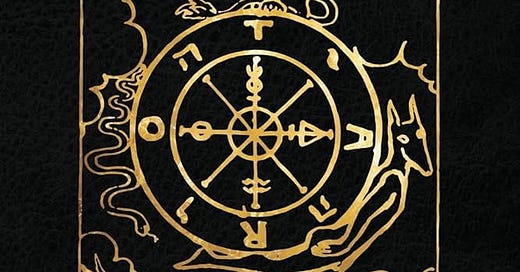

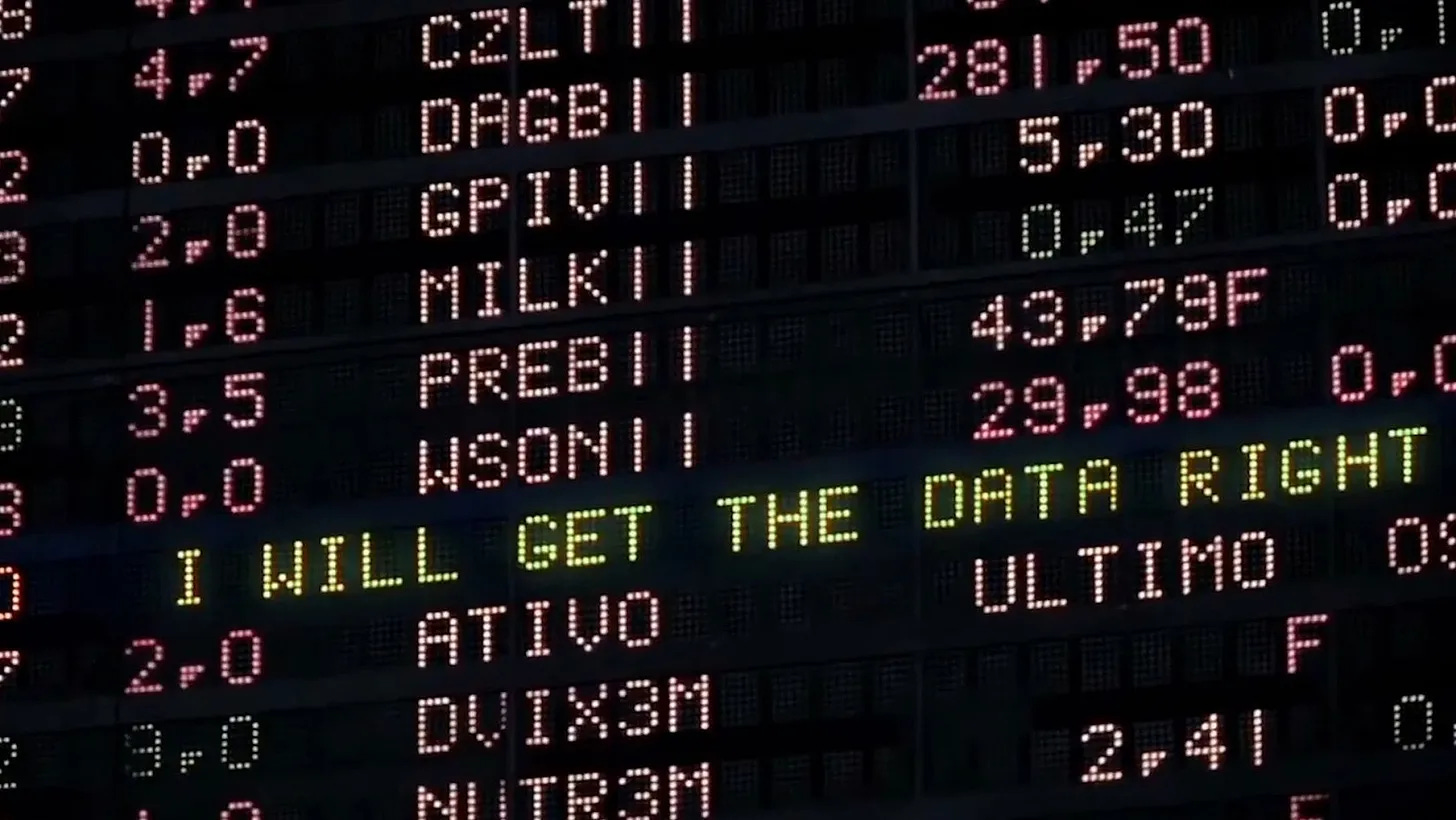


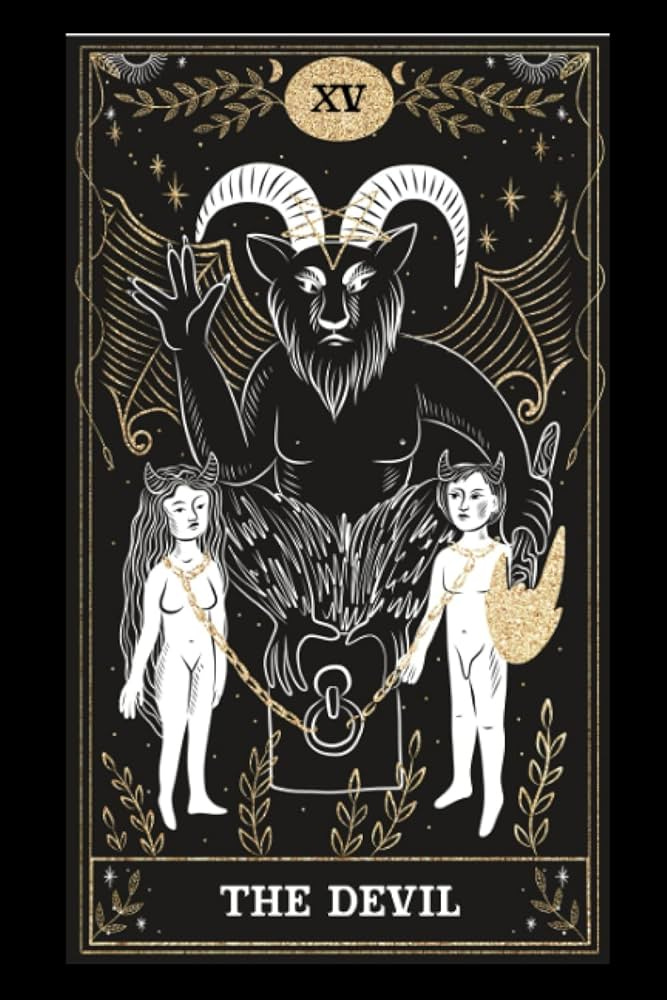
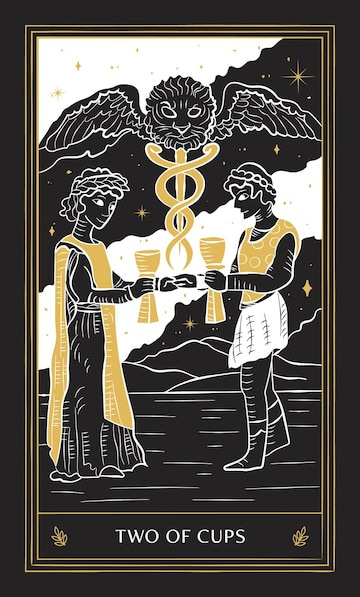
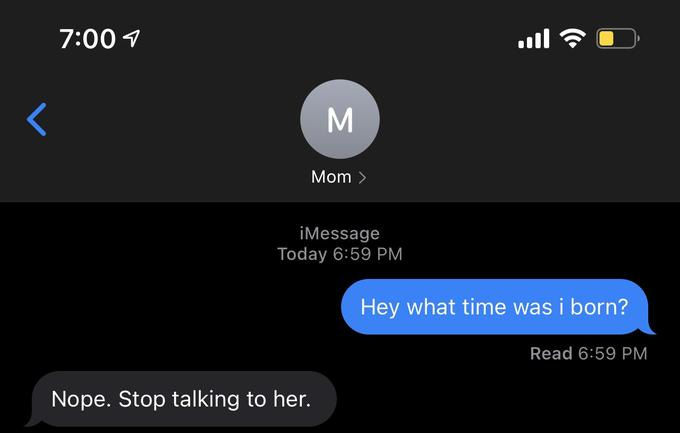


The "astrology GF and stock trader BF" meme made me think of that great article that mentioned this correlation that — The first newspaper astrology column was commissioned in August, 1930, in the aftermath of the stock-market crash, for the British tabloid the Sunday Express." :)
https://www.newyorker.com/magazine/2019/10/28/astrology-in-the-age-of-uncertainty
Rishi from The Industry is going to be the biggest astrology finance bro next season if he isn’t already